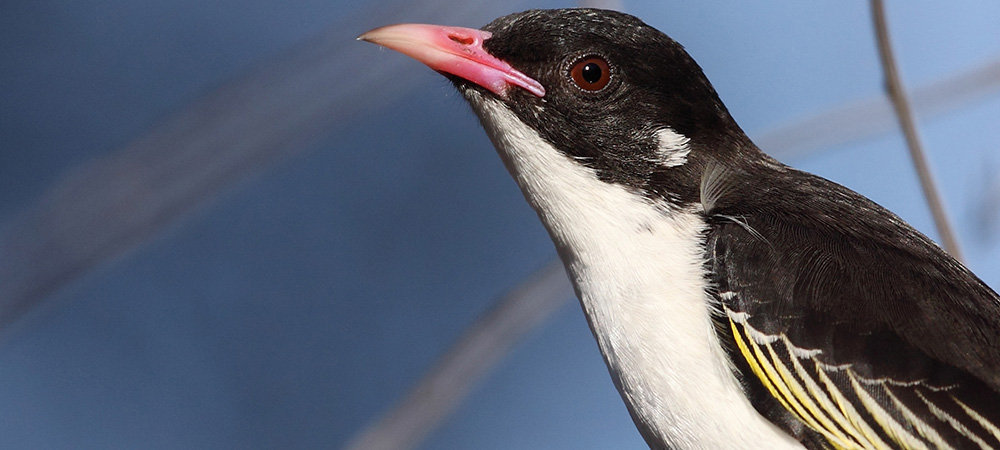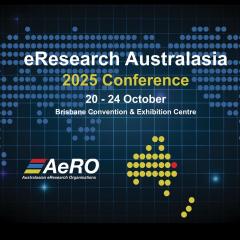A UQ-led and RCC-assisted Web application and data visualisation tool displaying the extent of Australia’s threatened bird species will be launched for the public on Tuesday night, 27 November 2018.
The Australian Threatened Bird Index (TBX) shows trends for Australia’s threatened birds and is the first of its kind in the world focused on threatened species.

The TBX allows a user to explore results by species, functional groups (such as shorebirds or seabirds), region, and threat status, i.e., near-threatened, vulnerable, endangered or critically endangered.
“We have the vision for the index to become a national headline indicator that informs the public how our threatened species are going, while stimulating our national discussion on their importance,” said Dr Elisa Bayraktarov, the UQ research scientist driving the project.
Dr Sally Box, the Australian Government’s Threatened Species Commissioner, will officially launch the TBX at the Ecological Society of Australia conference in Brisbane.
The TBX is the first output of the larger Australian Threatened Species Index (TSX) project, which will also include plants, mammals and freshwater species.
The indices will provide reliable and robust measures of changes in the relative abundance of Australia’s threatened and near-threatened species.
They will support more coherent and transparent reporting of changes in biodiversity and will assist those working towards protecting threatened species.
This is the first time a Threatened Species Index will be created in Australia, and in fact, worldwide.
The Australian Government currently lists more than 1,800 species of animals and plants in the nation as being threatened.
Surprisingly, Australia currently does not have national reporting on threatened species trends, a situation that has major policy and management consequences.
The indices are an initiative of the Threatened Species Recovery Hub. The project has been led by UQ in close partnership with BirdLife Australia, and with help from RCC, the Queensland Cyber Infrastructure Foundation (QCIF) and the Terrestrial Ecosystem Research Network (TERN), and industry partner Planticle. The project has also been supported by Commonwealth, State and Territory governments and more than 30 other environment and research groups.
RCC’s Dr Hoang Nguyen provided scientific workflow expertise to the TSX project, and helped develop several visual diagnostic tools, which can be used to infer on the robustness of the indices.
“Without Hoang’s help, the index project wouldn’t have a repeatable automated workflow entirely based on open software. This means, that we would have had to carry out all analyses manually and repeat each time data are updated or new data are added,” said Dr Bayraktarov.
The project team is using a Nectar node in QRIScloud, a cloud compute service jointly operated by RCC and QCIF. Sub-contracted by the bird data host, BirdLife Australia, the QRIScloud node is also providing server space for the project database and website used for development.
Research Data Services (RDS), a federal Government National Collaborative Research Infrastructure Strategy (NCRIS) project, partly funded QRIScloud’s data hosting and the workflow development to create the TSX.



